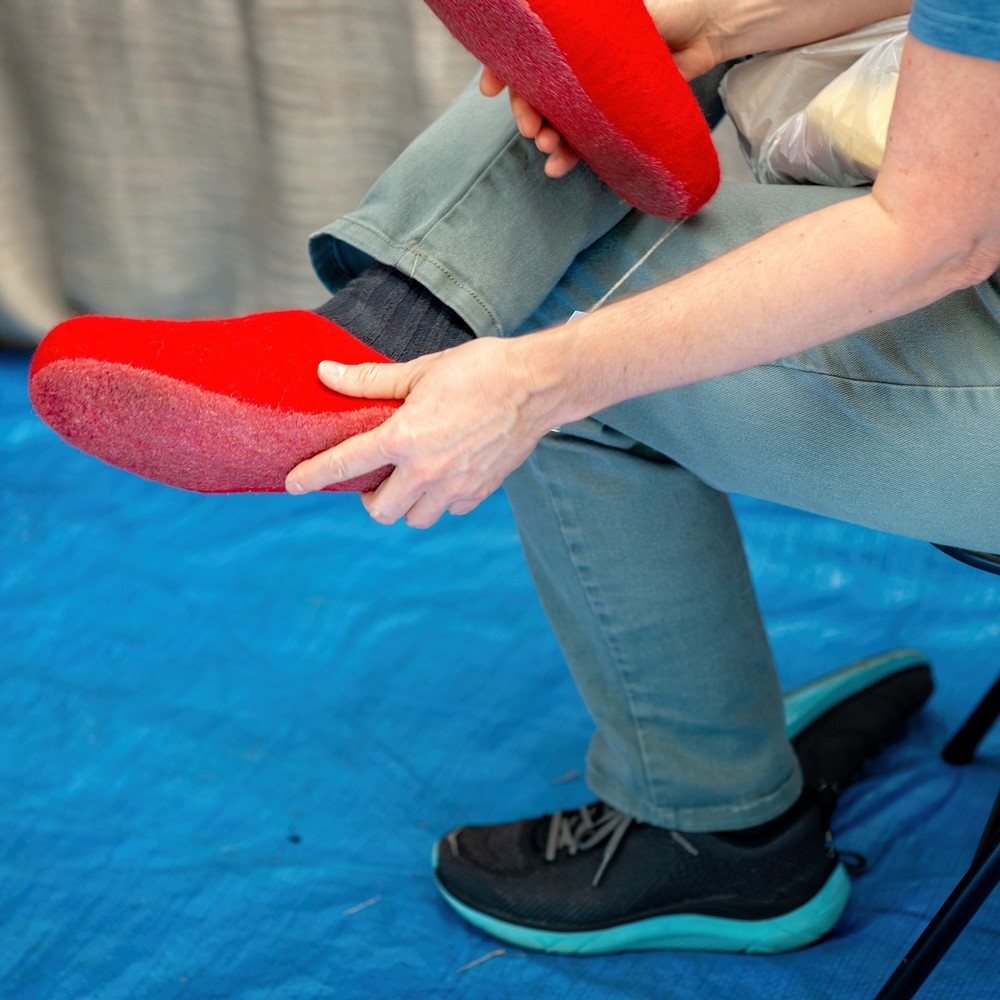What is repetitive strain injury?
Have you ever noticed that some parts of your body are frequently injured? Usually, the cause is strain injury, which occurs when you perform repeated activities, particularly if you work in hairdressing, decorating, or writing. Your work may cause you to have repetitive stress injuries that damage your muscles, tendons, or nerves due to repetitive motions and constant use of them. Is it really a repetitive strain injury?! Repetitive stress injury develops when you repeat the same movement or activity over and over. Any activity, if performed frequently enough, might result in a repetitive strain injury. Repetitive stress injuries often affect: Shoulders Elbows Forearms and wrists Hands and fingers The severity of symptoms can range from mild to severe, and symptoms can include: Pain that may feel like burning, aching or throbbing Stiffness and weakness Tingling or numbness Muscle cramps Swelling Sensitivity to cold or heat At first, you may find that symptoms only appear when you do a certain repetitive action. But if you leave it untreated, you may notice that your symptoms persist for long periods. You may also develop swelling in the affected area that can last for several months. You will need to consult a doctor at Health and Style Medical Center to confirm your injury. Can I get injured? Anyone can develop repetitive stress injuries, but some people are more susceptible, such as: Workers in physically demanding jobs Athletes. Musicians. or if you: Exercise hard without warming up and cooling down Play golf or tennis, or do activities that require you to use the same movement repeatedly. Use a vibrating tool periodically at work Working in the cold You sit at a desk or use the computer a lot What is the treatment? The first step in treating repetitive stress injury is to identify and modify the task or activity that is causing the symptoms. Sometimes you may need to stop doing the activity completely. Your doctor may advise you to take anti-inflammatory pain relievers. You may also be referred to a physical therapist to assess posture and how to strengthen or relax your muscles. Home Remedy Do not overuse the affected part while recovering. Put a cold compress on the injury site. Use an elastic bandage to help reduce swelling. Elevate the affected area as much as possible. Talk to your doctor to discuss if you need to adjust your daily routine.
What is repetitive strain injury? Read More »












